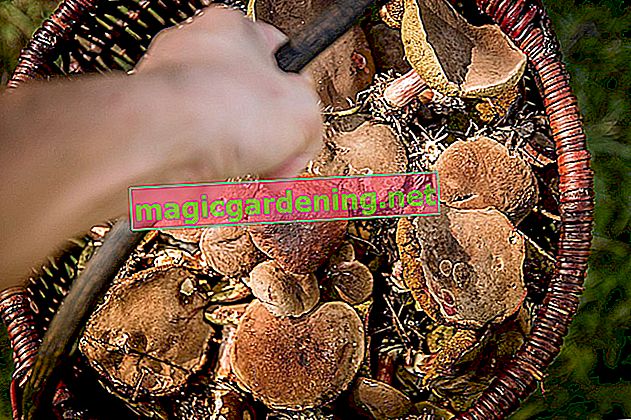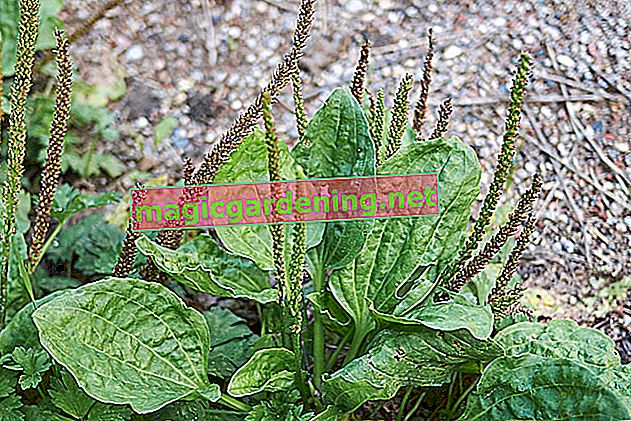
Ranunculus can be perennial
Ranunculus are often shown as 'perennial' in trade. But they are only partially. Basically, they are designed to live for several years. However, if they are outdoors, for example in the garden bed or even in a pot on the balcony, and there is severe frost, it is likely that the plant will freeze to death.
also read
- Are ranunculus annual or perennial?
- Drying ranunculus - what for and how to do it?
- Ranunculus: when is it time to plant?
Most varieties are hardy to -3 ° C, although they prefer cooler temperatures. A few exceptional specimens can still withstand frost down to -10 ° C. So in order to cultivate the ranunculus for several years, you should protect this plant over the winter.
Suitable winter protection - what does it look like?
Ranunculus, which tolerate frost and are in a mild location, can be protected over the winter. If you pruned the plant in the fall, put a layer of sticks or compost over the root area towards the end of October. This position protects the persistence organ of the ranunculus.
Some specimens prefer to overwinter
Varieties that are poorly tolerant of frost should be overwintered. This also applies if your ranunculus is in a rough location, has just been planted or a hard winter is imminent. This is how the plant is overwintered:
- dig up the tuber in autumn
- Clean the tuber from earth residues
- Put the tuber in a cool, dry and dark place
- well suited winter quarters: cellar, attic, garage
Water and fertilize the plant correctly
The care of the ranunculus plays a significant role in their perennial life. If there is a lack of nutrients and water, the plant will soon lose out… It needs plenty of nutrients to supply its leaves and flowers. So fertilize your ranunculus every 2 weeks in spring and during the flowering period.
Watering is crucial, especially during flowering. The soil should always be kept moist. But be careful that there is no waterlogging! This quickly leads to rotten tuber. The plant would perish.
After the flowering period, the ranunculus is fertilized more sparingly until the leaves turn yellow. The watering is reduced so that the tuber interprets this as a signal not to sprout any more, but to slowly go to rest.
Use brood tubers
Even if a ranunculus is no longer the healthiest and seems very exhausted, you can preserve the properties of this plant by separating its brood bulbs and planting them in a separate place. This allows the plant to be propagated quickly and easily.
Tips
Protection against diseases (especially powdery mildew) and pests is also important so that the ranunculus can stay healthy and happy for many years.








